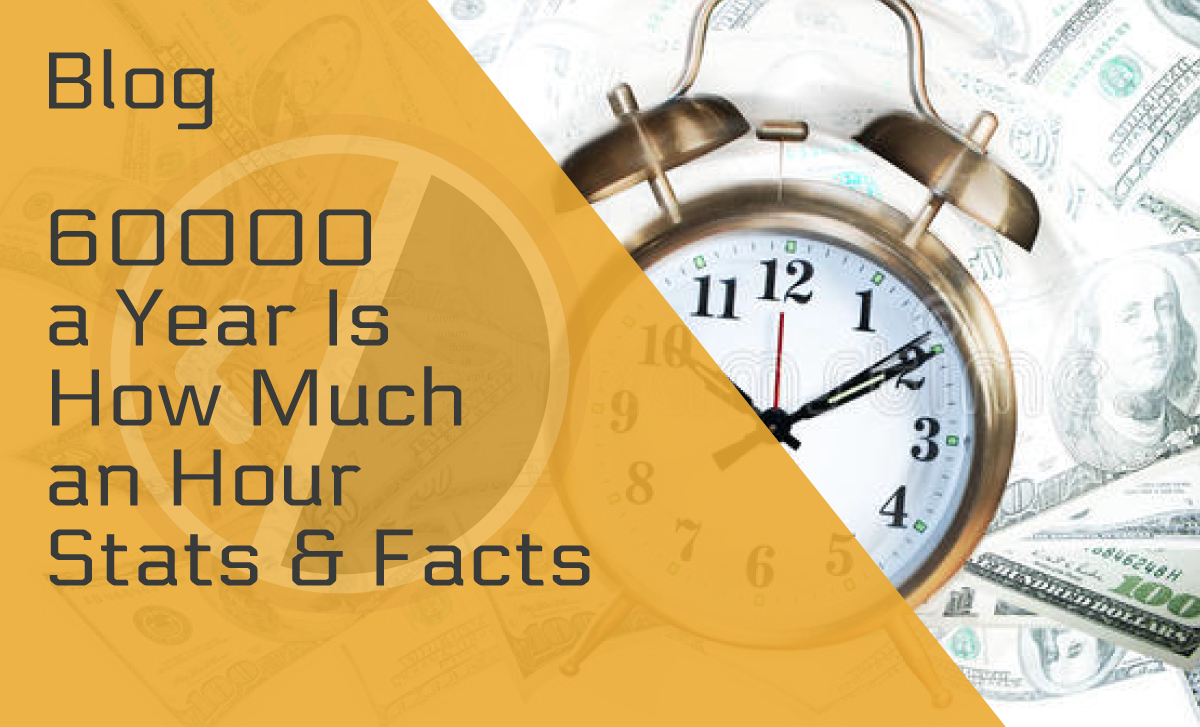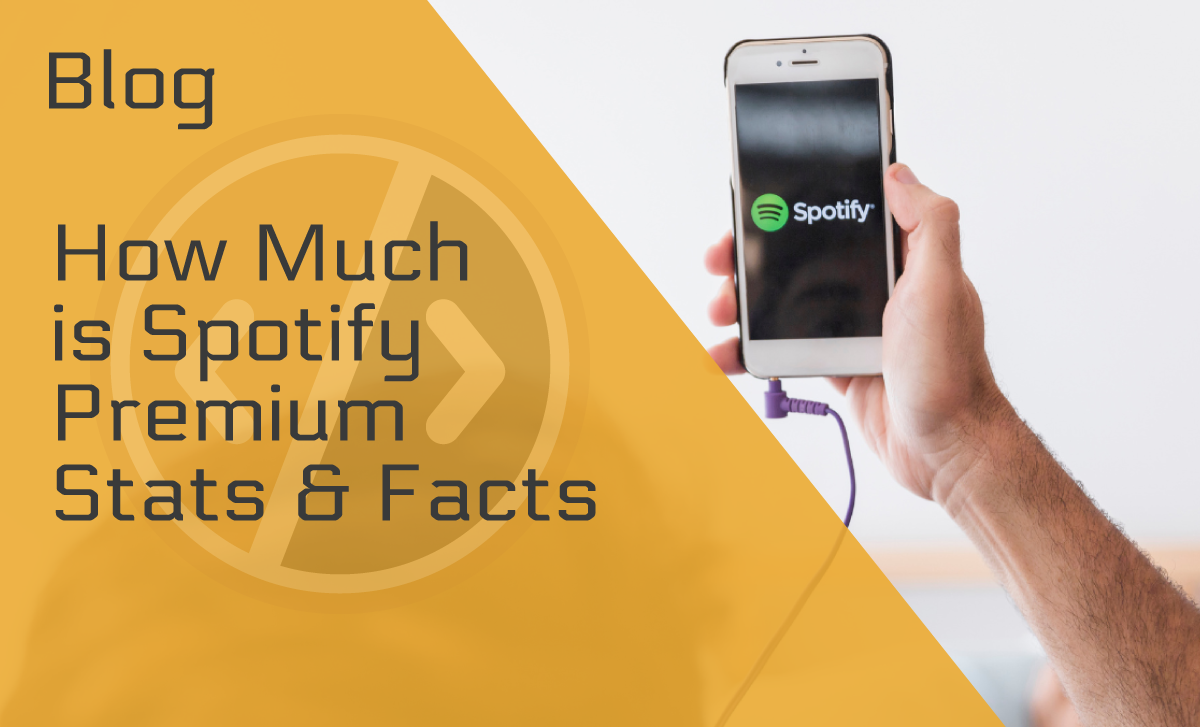60+ Shopify Statistics & Facts About Its Success Story
Published: January 18, 2022
You have before you a list of Shopify statistics that show why hundreds of thousands of merchants have decided to make Shopify their home base. With the idea of opening a snowboard shop, three friends stumbled onto one of the most incredible things to happen to the world of online retail. Find out more about where their company has been and where it is now in this article.
10 Key Shopify Statistics and Facts for 2022
- Over 44 million customers purchased from Shopify merchants in 2020.
- Shopify had more than 58 million visits in 2020.
- Mobile optimization is important on Shopify: 79% of its traffic is from mobile devices.
- The average visitor spends over 3 minutes on Shopify and visits more than 3 stores.
- The average Shopify conversion rate is 1.6%.
- Shopify had their billionth order in 2018.
- More than 7,000 businesses use Shopify Plus.
- Shopify’s annual revenue estimate for 2020 is $2.86 billion.
- Shopify’s recent partnership with TikTok has opened the door for over 1 million sellers.
- Shopify has over 3,200 apps.
Explore our infographic to get the full picture of Shopify’s success story!
E-commerce Statistics
Before jumping into the statistics about the website itself, we need to examine first what e-commerce has evolved into. Now, while remaining in the comfort of their homes, Shopify users can browse through thousands of unique stores.
1. Global e-commerce sales will reach $4.9 trillion by the end of 2021.
(Source: Website Hosting Rating)
One of the most apparent signs demonstrating the future of commerce’s place online is that 17% of all global retail sales in 2020, according to e-commerce statistics, happened on the web. In just over six years from now, by 2027, the expectation is for online retail sales to reach $10 trillion.
2. The US e-commerce market’s sales forecast for 2020 is $794.50 billion.
(Source: Insider Intelligence eMarketer)
Shopify’s popularity in the United States contributed to massive sales on the US e-commerce market last year—$794.50, over $100 billion higher than eMarketer’s initial forecast of $674.88.
Most sales are attributed to the widespread lockdowns and quarantines that turned consumers’ focus to online shopping. If the trend continues, the sales will surpass $843.15 billion in 2021.
3. China’s e-commerce market’s sales may exceed $1.2 billion in 2021.
(Source: Statista)
Looking at the e-commerce market size by country, China is on the top of the list with a sales forecast that may exceed $1.2 billion. With a CAGR for 2021 to 2025 of 6.7%, its projected market volume surpasses $1.6 billion in 2025.
Quite surprising, but the largest market segment in China is fashion, with a projected market volume of over $330 million in 2021.
4. PayPal has 361 million active accounts.
(Source: PayPal)
Facts about Shopify stores, not to mention the company itself, would be completely irrelevant if it weren’t for PayPal, one of the first and most popular online payment solutions.
It currently has 361 million active accounts, including merchants using PayPal as their primary method of receiving payments, which led to PayPal processing 4 billion payments so far.
5. According to Shopify partner statistics, there are between 12 and 24 million e-commerce websites.
(Source: Digital Commerce 360)
If every website with a shopping cart is considered an e-commerce site, we’re looking at the upper end of this range. If we take into account just those that earn over $1,000 in yearly revenue, this figure goes down drastically.
6. B2B e-commerce sales are double the B2C sales.
(Source: B2X)
B2B e-commerce statistics show mesmerizing data, and they make B2C online sales seem like pocket change. Customer-facing B2B e-commerce was expected to reach $559 billion in sales by 2020, excluding Electronic Data Interchange (EDI) transactions. The average B2B e-commerce sale is worth $491, while B2C sales average around $147. B2B businesses’ success largely depends on customer retention, with 42% of them saying it’s their top metric for measuring success.
Shopify Traffic Stats
7. Over 44 million customers purchased from Shopify merchants in 2020.
(Source: Shopify & You)
Recent Shopify data shows this online marketplace was bustling during 2020. Over 44 million people had caused significant traffic to Shopify merchants’ sites by mid-2020. We can therefore expect this number to be much higher once they publish their year-end report.
8. Shopify had 58.84 million visits in the last 6 months.
(Source: SimilarWeb)
According to Shopify visitor statistics, the marketplace had over 58 million visits between January and December 2020. Visitors from the US are the most prominent bunch on the platform, with 39.50% of visits originating from there, considering only desktop users. Canada (6.10%), the UK (5.46%), Australia (4.12%), and India (2.92%) follow. You can click here and see the Shopify analytics in real-time.
9. The average Shopify visit lasts for 3 minutes and 27 seconds.
(Source: SimilarWeb)
Shopify users in 2021 spend an average of 3 minutes and 27 seconds during their visit to a Shopify store. 43.8% of those visits come from direct sources, 24.3% come from referrals, and searches account for 26.53%. Traffic from social media platforms is only at 2.67%, but Facebook takes the lead with a staggering 32.80%, followed by YouTube with 28.64%, and Reddit with 16%.
According to the latest Reddit statistics, Reddit is the 7th most-visited site worldwide, so it’s not surprising that it is more popular than Twitter.
10. 79% of Shopify’s traffic comes from mobile devices.
(Source: Shopify & You)
Shopify stats show that the majority of the traffic that Shopify receives comes from mobile devices. This is excellent news for Shopify merchants, as 90% of consumers make purchasing decisions from their mobile device, mobile marketing statistics reveal. One of the other big contributors to Shopify’s traffic are search engines, which are responsible for 28.93% of Shopify’s visits.
11. 93.95% of Shopify’s traffic is organic.
(Source: SimilarWeb)
A chunk of the traffic this online market receives is organic. Here are the top five organic keywords responsible for this, derived from Shopify statistics in 2021.
- “shopify” (14.88% of traffic)
- “shopify login” (6.97%)
- “business name generator” (0.70%)
- “shopify themes” (0.64%)
- “shopify apps” (0.62%)
Around 6.05% of the traffic Shopify receives is paid. Here are the top five paid keywords:
- “shopify” (5.06% of the traffic)
- “etsy” (0.24%)
- “dropshipping” (0.19%)
- “shopify pricing” (0.08%)
- “webstore” (0.06%)
12. Statistics for Shopify revealed that Shopify stores had an average conversion rate of 1.6% in 2020.
(Source: Littledata)
Surprisingly, Shopify’s average conversion rate expectations aren’t even close to the reality faced by small merchants on this platform. However, this is still not that bad because it has to drop below 0.4% to be in the worst 20% of all Shopify stores.
So, what is a good conversion rate for Shopify?
Your conversion rate must be 3.6% or higher for you to be among the best 20% of all Shopify stores. To be in the best 10%, it has to be higher than 5.1%.
13. Shopify has a bounce rate of 56.19%.
(Source: SimilarWeb)
Shopify gets a lot of visits, as seen from the previous Shopify statistics. However, more than half of all visitors leave the website after viewing just one page. A bounce rate of 26%–41% is considered excellent, which places Shopify’s bounce rate in the around average category.
14. Shopify had its billionth order in 2018’s second quarter.
(Source: Shopify & You)
Shopify announced that it reached its billionth order in the second quarter of 2018. This is one of those Shopify facts we can’t help but include here, as it’s one of the brand’s proudest moments. Not to mention that it came with significant sales of $55 million and total revenue of $245 million.
Purchases from Shopify stores coming from mobile devices dominated most of these sales (76% of the total traffic and 66% for that quarter alone).
How Good Is Shopify?
15. Shopify is listed among the top three leading e-commerce solutions and innovations.
(Source: BuiltWith)
This is the best testament to the quality of service these platforms provide. The first spot on this list is taken by WooCommerce, which has a market share of 30% and 4.4 million websites running on the platform, according to the latest WooCommerce statistics. Shopify has a market share of 18%, thereby taking second place, while Magento takes third place with 10%.
16. There are over 1 million Shopify users.
(Source: Style Factory)
It’s critical to know how many people trust a platform before using it to build your online store. If you’re wondering how many users Shopify has, you’ll be glad to know that there are now over a million of them who trust the platform for their online business websites.
17. Shopify’s annual revenue estimate for 2020 is $2.86 billion.
(Source: Seeking Alpha)
Not only did Shopify manage to become one of the top e-commerce platforms and attract hundreds of thousands of new sellers last year, but it also has an annual revenue estimate of $2.86 billion. And according to the current forecasts, Shopify may end 2021 with $3.61 billion in revenue.
18. Shopify offers multiple analytics tools.
(Source: Shopify)
Does Shopify have analytics? Like any other modern online sales platform that wants to stay afloat and remain competitive, Shopify offers its own analytics solution. This tool gives merchants insight into their total sales, conversion rates, average order value, returning customer rates, and the amount of other information needed to run and improve an online business. Additionally, multiple analytics tools are available in Shopify’s App Store.
19. More than 7,000 businesses use Shopify Plus.
(Source: Shopify Plus)
This Shopify feature offers merchants the opportunity to automate some aspects of their business, customize their online store, and increase their effectiveness. Rebecca Minkoff, LeSportSac, and Fashion Nova are some of the billion-dollar brands using it.
20. The Plus plan contributed 25% of Shopify’s monthly recurring revenue in 2020.
(Source: Shopify)
Shopify’s monthly recurring revenue (MRR) as of the third quarter of 2020 reached $74.4 million. This is a growth of 47% from 2019’s $50.7 million MRR. Namely, this includes Shopify Plus’s contributions—$18.7 million or 25% of the total MMR.
Shopify will announce its financial results for the fourth quarter of 2020 on February 17, 2021.
21. Shopify’s recent partnership with TikTok has opened the door for over 1 million new sellers.
(Source: Red Public)
E-commerce is becoming social, and so is Shopify. If its partnerships with Facebook and Instagram aren’t enough, its recent partnership with TikTok will bring Shopify to the next level. While it’s currently only available in the United States, Shopify assures that it will be launched in many other countries in 2021.
Interesting Shopify Facts and Statistics
22. Shopify’s headquarters are in Ottawa, Canada.
(Source: Digital Magazine)
Instead of Palo Alto, where you can find thousands of other tech-related companies, Shopify started up in Ottawa, Canada. The company was founded in 2004 by Tobias Lütke, who is Shopify’s current CEO, Daniel Weinand, and Scott Lake. Nowadays, they have additional offices in Toronto, Montreal, Waterloo, and San Francisco.
23. Shopify was originally imagined as a snowboard store.
(Source: Product Habits)
When asked: “What is Shopify used for today?” nearly anyone can give you an answer. But not many could tell you that the trio of friends from the last statistic first set out to build a snowboard store called Snowdevil. Lütke wasn’t happy with the existing e-commerce solutions at the time, so he created his own.
24. Shopify raised $131 million in its IPO.
(Source: Yahoo Finance)
Shopify went public in May 2015. One of the most remarkable facts about Shopify is that it was able to raise $131 million in its IPO. When the stocks hit the New York Stock Exchange, they started selling for $26. Those who bought a part in the company made one of their lifetimes’ best decisions, as their shares are now worth $1,092.08 apiece.
25. Shopify is available in 175 countries.
(Source: Host Sorter)
Shopify is one of the best options for merchants, thanks to its availability. There are just 20 countries in the world without access to this platform, mostly due to strict governmental regulations on the internet.
26. Shopify plans start at $29 per month.
(Source: Shopify)
Wondering just how much does Shopify charge per transaction? For those using all other payment options beyond Shopify Payments, the fees range from 0.5% to 2%.
Shopify Basic costs $29 per month, and the additional fees that come with it are the highest of all plans (2%). The standard Shopify plan costs $79 a month, offers additional benefits, and has a fee of 1% for payments. Shopify Advanced is the most costly version, at $299 per month, but it comes with all features and has additional payment fees of just 0.5%.
27. Shopify has over 3,200 apps.
(Source: Shopify)
Shopify has its own App Store with thousands of apps that enable merchants to improve their business. Shopify statistics show that there are 3,200 apps in the store. Here are the five most popular ones:
- Privy
- SEO Image Optimizer
- Free Shipping Bar
- Sales Pop
- Loyalty Reward Points
28. Shopify offers 24/7 support for merchants.
(Source: Shopify)
One of the most critical factors for running an online store is getting the support you need when you need it from the platform you’re using. Shopify does have 24/7 support for the Shopify users who need assistance with technical difficulties. They can contact support through email and phone, but the most preferred method is live chat. After all, 71% of people worldwide prefer it, according to the latest live chat statistics.
29. Shopify experienced a DDoS attack back in 2016.
(Source: TechCrunch)
Shopify visitor statistics show that an insanely large number of people have visited the website. Twitter, Shopify, and SoundCloud all share this feature. Imagine the horror of those who shared their banking info with one of these four websites, which all were DDoS-ed in 2016.
30. Shopify has paid over $850,000 to hackers.
(Source: HackerOne)
Since the unfortunate DDoS event, Shopify has invested in the website’s security. So far, Shopify has paid ethical hackers more than $850,000 to test their website and mobile apps for weaknesses.
31. The average Shopify store revenue was $72 in 2020.
(Source: Littledata)
According to a Little Data survey, a Shopify user’s average revenue was $72 as of mid-2020. This is entirely fair considering it has to be $149 to be in the best 20% and $226 to be included in the best 10%.
Comparatively, the average revenue of $44 would be in the worst 20% and $33 in the worst 10% of all Shopify online stores.
Conclusion
The Shopify statistics listed above aren’t meant to convince people to drop everything and move their online business to Shopify. They’re here to support a good idea and an excellent business module that helps an immense number of people live a more comfortable life, whether they’re buying or selling on the platform.
Sources
- Website Hosting Rating
- Insider Intelligence eMarketer
- Statista
- PayPal
- Digital Commerce 360
- B2X
- Shopify & You
- SimilarWeb
- Host Sorter
- Littledata
- BuiltWith
- Style Factory
- Seeking Alpha
- Shopify
- Shopify Plus
- Shopify
- Yahoo Finance
- Shopify
- Red Public
- Digital Magazine
- Product Habits
- Yahoo Finance
- Shopify
- Shopify
- Shopify
- TechCrunch
- HackerOne
- Littledata








